A ‘Scary’ Little Cockatiel Approaches A Huge Great Dane. The Giant Dog’s Reaction Is Hysterical!

One of the best traits Of Great Danes is their accidental and adorable way of making us laugh without them even knowing it. The are so big, cute, and goofy that their reactions to life usually always put a smile on our face. The video below is no exception to the rule, a tiny Cockatiel approaches this giant Great Dane and then hilarity ensues.

Every time the Cockatiel takes a step closer or tweets The Great Dane becomes started and twitches uncontrollably. The funniest part of the whole video is how the bird is completely calm and collected and has absolutely no fear of the giant dog. I think we can tell who the boss in this relationship is.

I guess in the animal kingdom, size doesn’t necessarily matter. Most youtubers agree that the Great Dane in this video looks a lot like the character Scooby Doo who is always being startled by ghosts and monsters. This video is sure to put a smile on your face to start the week off right. Enjoy!

Please Share This Hilarious Video With Family and Friends
A ‘Vicious’ Manatee ‘Attacks’ This Teen Girl In The Water. Her Reaction Is Hysterical!

Manatees are large gentle mammals who spend their time lazily drifting and swimming through slow moving rivers, bays, estuaries and coastal waterways. They spend up to half the day sleeping submerged and the other half eating mainly plants like water lettuce and celery, sea clover, and mangrove leaves. While they are closely related to elephants they are also appropriately known as sea cows due to their slow nature, grazing habits and large bodies. They have no natural enemies, no defense systems, and pose absolutely zero threat to humans. Which makes this video of a girl freaking out when a manatee swims near her hilarious!

The gentle manatee was doing his thing and floating leisurely through the warm Florida waters when he happened upon the spring breaker. Thinking nothing of her, he floated past, and kept on the lookout for any potential plants to munch on. However, the girl became unnecessarily hysterical and frightened by his presence. She flailed around desperately looking for where the sea cow had gone.

A selfie-stick she took along for her swim captured the moment as well as the panicked expression that spread across her face. At one point she shouts “Oh my god, get me out of here” after which nearby friends on a boat tell her “It’s behind you.” The girl continues her desperate escape away from the mammal and looks to be struggling as she swallows water and flails around helplessly. If you didn’t know any better you would think that there was a shark or alligator in the water with her, not a harmless manatee, as those creatures would warrant such a terrified reaction.

If anything, she posed the greatest threat to herself at the time, not the poor manatee. In her blind fright it looks like she induced her own panic attack and practically starts to drown. Amazingly, through it all, she managed to hold steadily onto the selfie-stick and keep it focused on herself. Which works out for everyone viewing this short clip and the girl’s entertaining run in with the gentle sea cow.

Please Share With Family and Friends 🙂
A Birth Of An Orangutan Is Caught For The First Time. What She Does With The Baby Blew Me Away!

Birth and motherhood are among the greatest miracles life has produced. In this video, we receive for the FIRST TIME EVER the opportunity to observe firsthand the magic of birth and the tender caring of a mother Sumatran Orangutan for her baby. Never before has the birth of a Sumatran Orangutan been caught on tape. But its what the mother does after she gives birth that is the most touching. After cleaning off her baby with gentle care, she brings her pride and joy to the conservationist to show what an incredible life she has created..
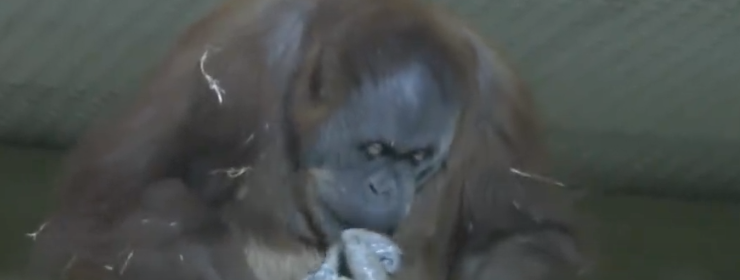
The word orangutan comes from the Malay and Indonesian words orang, meaning “human” and hutan, meaning “forest”. So orangutan means “human of the forest”. They are arboreal, which means they spend most of their time in trees. Almost every night they create a new, elaborately designed nest made of branches and foliage in which to sleep. The beds can be very complex and may have foliage versions of mattress, pillows, blankets and roofs.

The orangutan is an endangered species of great ape found only in Asia, and is one of the most intelligent animals on the planet. They frequently use a wide range of tools for a variety of purposes, using as many as 74 distinct tools for gathering and preparing food. Culture, defined by Merriam-Webster as the “beliefs, customs, arts, etc. of a particular society, group, place or time” was once believed to be exclusive to the human race. We now know that the great apes have their own distinct cultures, with various groups having different skills and tools than other groups, and orangutans have been observed learning tool use from each other.

Orangutans are social-solitary, which means they have social interactions but the adults spend most of their time alone. The most dominant social bond is between a mother and her dependent offspring. They can live to be about 30 years old and the females generally have their first offspring when they are about 15 years old. Their gestation period lasts about 8 months and they have a very long interbirth interval, the amount of time between births, which can be anywhere from 6-9 years long.
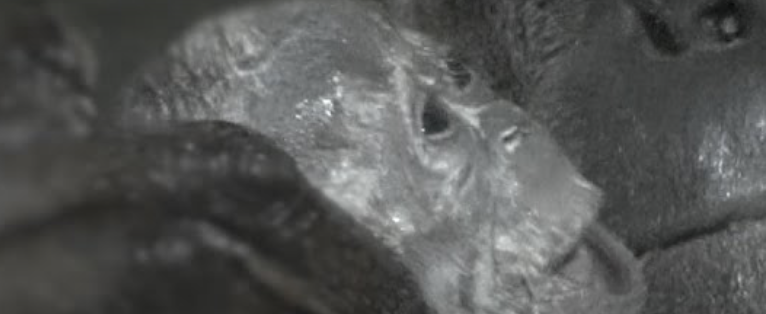
Please Share This Incredible Moment With Family and Friends
7 Signs and Symptoms You Have Mold Illness and Do Not Even Realize It. Good To Know.
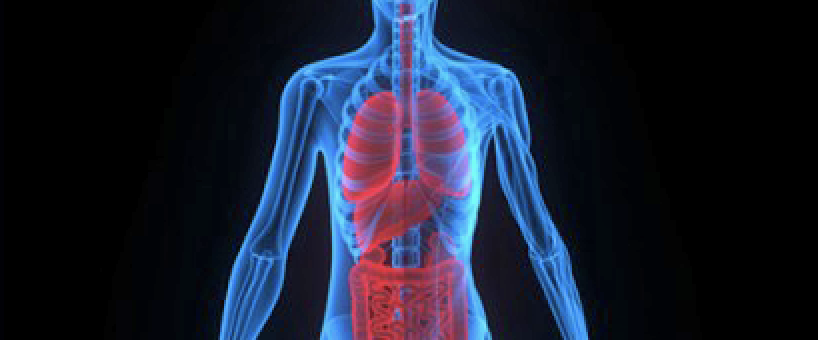
If you ever spot mold inside of your home, the chances are high that there’s likely a whole lot more growing in places where you can’t see. Even if you think your place is spotless and don’t see any visible signs, there’s definitely mold lurking somewhere, whether it’s in the dry wall or cracks and crevices around your home. That’s because the pesky fungi is impossible to completely avoid and can be found just about everywhere in the world. The most common indoor household areas include damp, warm, and shady spots, which makes bathrooms and basements the perfect place for mold to grow.
As nasty and gross as mold looks and sounds, the real issue is the harmful impact that it can have on human health. Many types of mold are extremely toxic, some are even deadly, yet it’s difficult to determine what types of mold you may be dealing with. According to the CDC’s online mold fact page, it is estimated that there are anywhere between 10 and 300 thousand different types of mold!
Included among the common indoor varieties is the widely feared Stachybotrys Chartarum, aka toxic black mold, which produces mycotoxins that are capable of causing a number of serious health issues. In addition to mycotoxins, which are toxic chemicals produced by mold, countless numbers of tiny, invisible spores also get released as mold grows and we end up breathing and ingesting both of these toxins directly into our bodies.
When mold enters our systems it can cause what’s generally known as ‘mold illness.’ There are a variety of health problems and complications encompassed by mold illness which include reactions such as inflammation, allergies, rashes, asthma, and other respiratory issues. All of these and more are covered below and the following list contains the most common symptoms associated with mold related illness.
1. Dry Skin and Rashes- Not many people are aware of dry, itchy, flaky skin as being a sign of mold toxicity, but in some cases it can be. Rashes vary widely as to size and scope of severity, some people may develop painful rashes or hives, while others experience inflammation, itchy patches of skin, and extreme discomfort. Should this ever happen to you, try your best to avoid scratching because that tears open skin and leaves you open to a much greater risk of infection. Furthermore, always seek professional medical treatment if intense swelling, pain, or discharge is present at a rash site because those are signs that you may be having a severe allergic reaction and your body can’t handle it.
2. Changes in Eye Health- Any changes in eye sensitivity should always be taken seriously. In terms of mold exposure, it can end up triggering an allergic response and in many people this causes symptoms that include blurry vision, redness, mild to intense itching, and watery eyes.
3. Headaches- Those who suffer from chronic headaches and/or frequent migraines may be able to trace the source of their pain to mold exposure. Sinuses often become infected and inflamed when we breathe in airborne mold particles. The sinus pressure this causes is what in turn causes many people to experience painful migraines and headaches.
4. Depression- Feelings of sadness and depression have been linked with mold illness and studies have found that damp, dark living spaces are ideal not only for mold growth, but also for having a negative effect on our mental health. Add to that all of the other terrible physical health issues that typically accompany mold exposure and any depression one may be feeling is made all the more worse. You can instantly improve the air quality inside your home by opening up the windows and airing the place out. Get a couple of plants too, they’re nice to look at and help to filter pollution and toxins from the air.
5. Breathing Difficulty- Respiratory-related issues are among the most common symptoms of mold illness. Coughing, wheezing, not being able to breathe deeply, and an inability to catch one’s breath are all red flags that point to mold allergies and exposure. People with asthma typically experience much worse symptoms due to all the mycotoxins and mold spores present in the air at any given time, which can trigger asthma attacks.
6. Bodily Aches and Pains- Unexplained muscle pain with no clear cause may actually be a symptom of mold illness. People typically experience a mild sort of achiness, but others have described the pain as being sharp, shooting, and intense.
7. There are a number of other signs of mold illness and they include the following; sneezing, runny nose, postnasal drip, fatigue, weight gain, stomach pain, numbness, chest tightness, nausea, diarrhea, twitching, and shaking. All of these symptoms are easily (and much more commonly) ascribed to all sorts of other health issues, especially allergies, so oftentimes people’s mold illness gets misdiagnosed and is attributed to those causes. That’s why it is very important to seek medical treatment if you think that you may have been exposed to mold and any symptoms you have continue to persist.
Watch the video below to learn how rid your house of Mold and Mildew:
Please SHARE This With Family and Friends
7 Signs and Symptoms You Have a Gluten Intolerance and May Not Even Realize It.
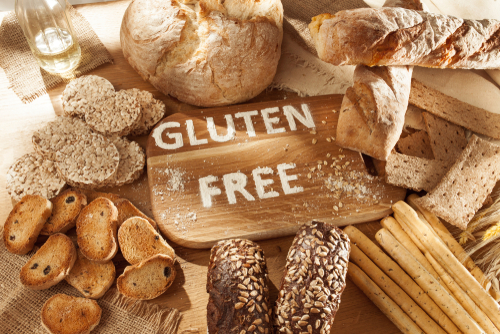
Gluten. Everyone seems to be talking about it but is it really that bad for our health? The answer to that question is not easy because it’s very subjective and it all depends on whether or not your body is able to tolerate foods that contain it. While the reputation that gluten has been stuck with in the past few years may be undeservedly bad, one thing is for certain; that gluten intolerance can in fact be miserable to deal with.

Before we launch into all of the warning signs that indicate that you may be sensitive to gluten, you need to know some basic information, like what it is. Gluten happens to be a type of protein that’s commonly found in grains like wheat, oats, barley, and rye. In terms of baking, it’s part of what allows dough to rise and so it gives foods like breads and many desserts a chewy, fuller, and more airy type of texture.

The problem with gluten arises when a person has celiac disease and their body is, or over time becomes, intolerant to it. For the majority of people who are intolerant this means their immune systems react very badly to it and become inflamed when foods with gluten are eaten. This chronic type of inflammation can lead to the lining in the small intestine being damaged and in many cases the body becomes unable to adequately absorb nutrients. In turn a number of other medical complications arise, such as anemia and osteoarthritis. That is why it’s so important that gluten intolerant people do their absolute best to avoid any and all gluten!
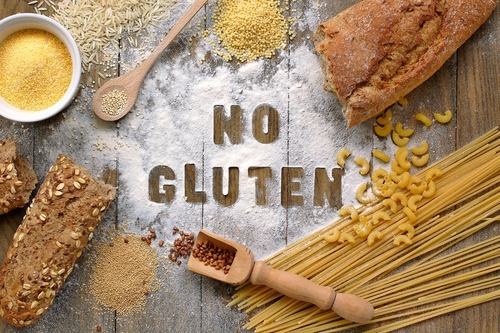
If you think that you may be intolerant to gluten, your body will tell you. If you are experiencing the most common physical symptoms and signs that are associated with it and listed below, then you need to consult a doctor about the issue and to rule out other possible causes. With that in mind, if you have experienced any of the following it may be symptomatic of gluten intolerance and you should talk to your physician:
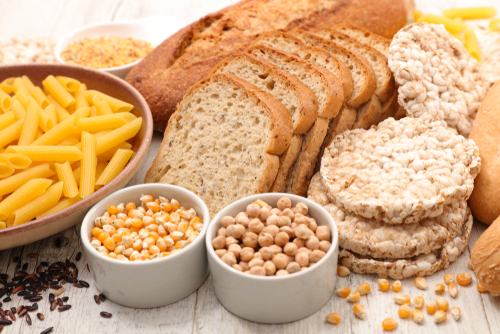
1. Chronic Fatigue
If you always feel tired and drained of energy, no matter how much sleep and rest you get, it could be diet related. When gluten is constantly inflaming your body, your immune system acts as if it is under attack and wastes a ton of energy trying to defend you. This is what makes gluten intolerant people feel so depleted and exhausted and over time it gets worse and worse. Eventually chronic fatigue sets in and the stress of it all just compounds it even more.

2. Fibromyalgia
If you have been diagnosed with fibromyalgia, which among other things is marked by weakness, sleep problems, muscle aches, and bodily pain, an intolerance to gluten could very well quite possibly be an underlying part of the associated chronic fatigue and other symptoms you’re feeling.

3. Stomach Pain
Symptoms such as bloating, diarrhea, gas, and constipation are all major and clear signs of gluten intolerance, especially if they are chronic. Persistent stomach pain and any of the aforementioned signs that last for days at a time need to be addressed by a doctor and should be taken very seriously. Foods that contain gluten can damage and inflame the small intestine in those who are intolerant and this may end up leading to a host of additional stomach/digestive related problems.

4. Chicken Skin
Chicken skin is when your skin resembles that of a skinned chicken and it’s marked by tiny, hard, white or pinkish-red bumps that look kind of like a rash. It’s actually a very common skin condition and the bumps often appear randomly, but are found most often around the elbows and on the back side of arms.

In medical terms chicken skin is called keratosis pilaris. It’s named after the keratinization of hair follicles on the skin which occurs when your body produces excess amounts of keratin, a skin protein. All of the extra keratin starts to clump together around hair follicles which causes bumps to form. Many cases of chicken skin are also attributed to fatty acid and vitamin A deficiencies which are brought on by a gluten inflamed gut causing malabsorption.
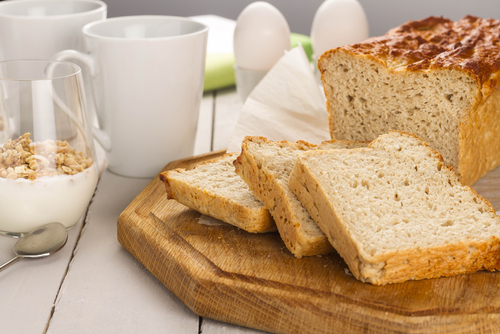
5. Itchy Skin
While the chicken skin mentioned previously is normally not itchy at all, many people with gluten sensitivity do have skin conditions that are extremely itchy, like psoriasis or eczema. Besides being very uncomfortable and itchy, they are also painful and require medication to properly deal with it. Human skin is easily influenced and affected by internal bodily conditions, so when your insides are inflamed and in turmoil it can lead to dry, itchy skin outbreaks.

6. Constant Headaches
If you experience migraines and chronic headaches, especially within sixty minutes of eating, it could very well be linked to diet and a gluten intolerance. People who also tend to have migraine headaches accompanied by pain, blurred vision, and dizziness show an increased sensitivity to gluten.

7. Dizziness
Feeling disoriented, lightheaded, and off balance are common symptoms people with gluten intolerance report. Most of the time these irregular and abnormal dizzy feelings show up soon after eating foods with gluten in them. If you keep track of what you eat and try out a strict gluten-free diet for at least a couple of weeks, you can gauge your bodies reaction and see if the dizzy feelings disappear and go away.
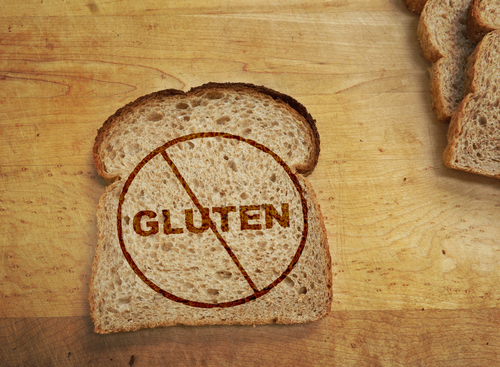
Note: Always go see your doctor if you believe you are experiencing any health issues.
Please Share This Information With Family and Friends
8 Signs You Had a Stroke and Might Not Know It. Don’t Ignore These Signs.
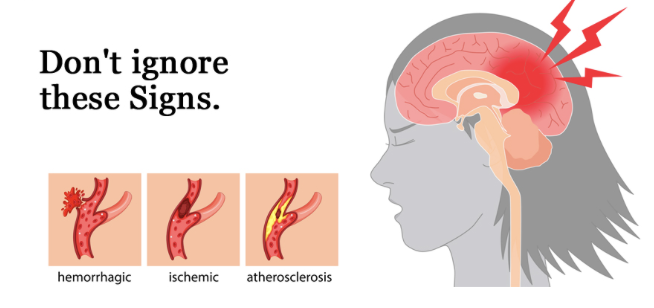
The brain requires blood flow to function. When a blood vessel is blocked in the brain (Ischemic-known as a TIA) or starts to bleed (Hemorrhagic-a full on Stroke), you are at risk for severe and potentially permanent damage to the brain or death, if you do not act quickly.
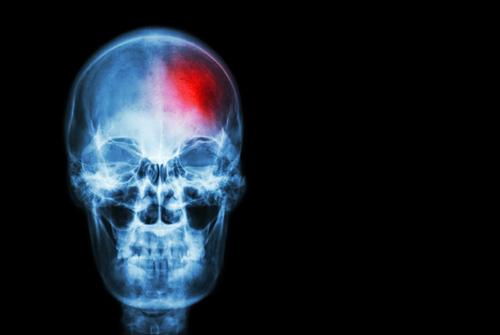
As with many health issues, SYMPTOMS of a STROKE are often thought to be something else and get IGNORED. As strokes can cause serious brain damage, and is the fifth leading cause of death in the U.S., NOT IGNORING THE SIGNS OF STROKE is key to survival.
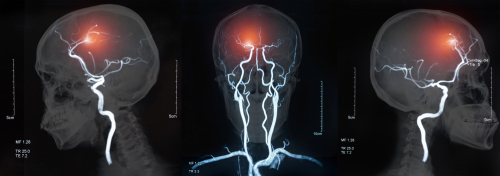
The VIDEO you are about to watch below, does a great job of explaining what actually happens when a stroke occurs, lifestyle modes that will help to prevent a stroke from happening, and most importantly it offers the acronym F.A.S.T. that will alert you to seek medical help immediately!
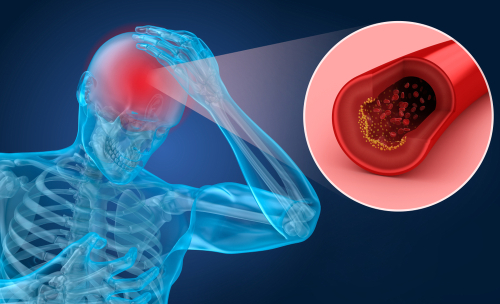
While certain symptoms such as:

(1) A BAD HEADACHE OR MIGRAINE or

(2) SUDDEN ONSET OF EXTREME FATIGUE can be a part of the onset of a STROKE, these signs can often be overlooked. However, the more concrete SIGNS of STROKE put out by “The American Stroke Association” symbolized by F.A.S.T. are:
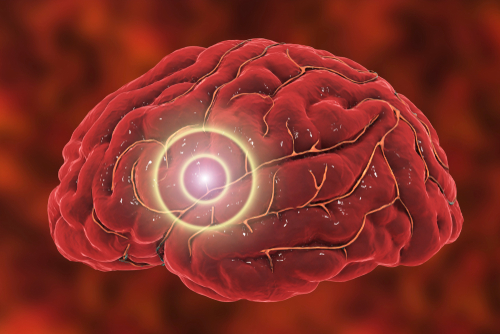
(3) F for FACE DROOPING ON ONE SIDE

(4) A for ARM NUMB: if you have NUMBNESS OR WEAKNESS IN ONE ARM, for more than a few minutes, this is a critical warning sign. Strokes tend to affect one side of the body.
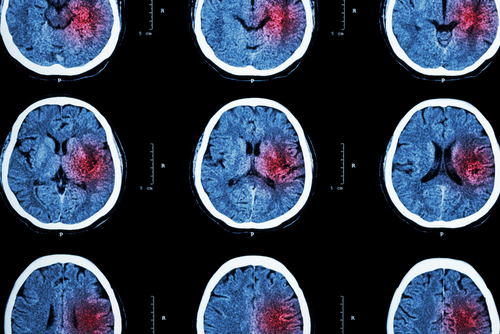
(5) S for SPEECH DIFFICULTY: When one side of the brain is affected by a Stroke, lack of blood supply can cause speech to be SLURRED or completely GARBLED. You may think that you are speaking clearly, but if someone with you says they can’t understand your speech, take it seriously!
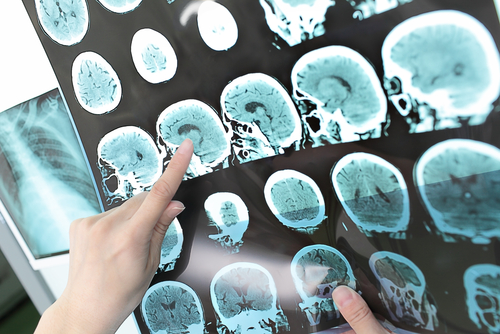
(6) T for TIME: Time is of the essence; calling 911 immediately can mean the difference between PERMANENT BRAIN DAMAGE OR NOT, and LIFE or DEATH.
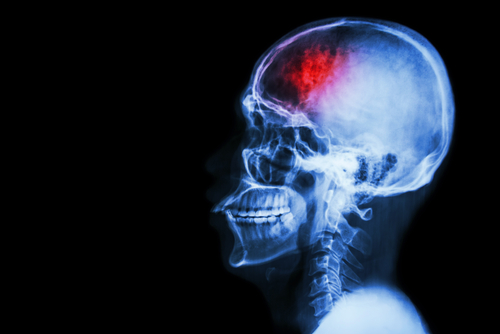
Additional SIGNS that SHOULD NOT BE IGNORED ARE:
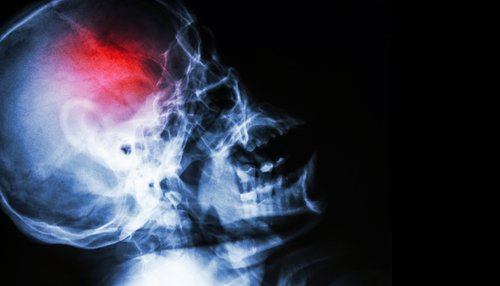
(7) VISION DIFFICULTY IN ONE EYE: Seeing double or blurred vision in one eye often occurs when the brain is affected by a Stroke.

(8) CONFUSION or DIFFICULTY THINKING: When a stroke occurs, a part of your brain does not receive blood flow and therefore is STARVED OF OXYGEN which can cause you not to be able to think straight or to speak intelligibly.
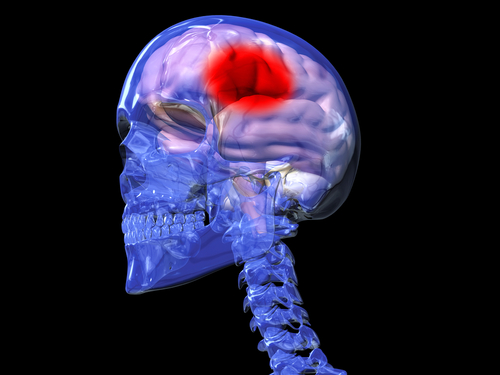
Please SHARE this with your family and friends, it could SAVE A LIFE!
6 Signs You Have Mold Illness and May Not Even Know It!
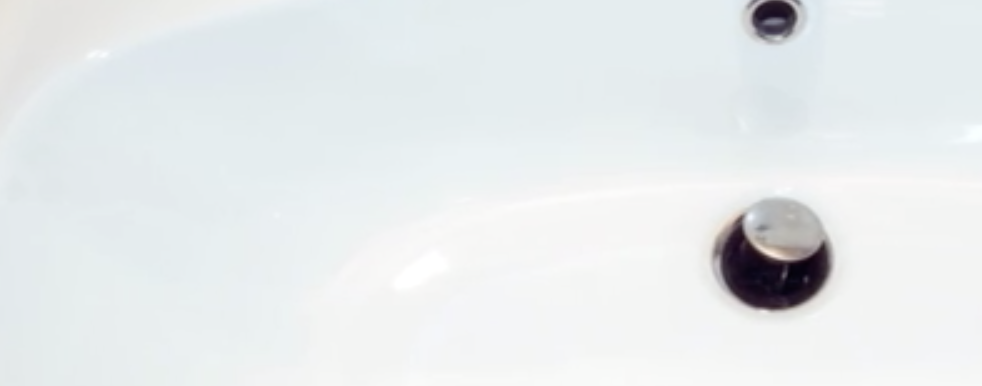
There are all sorts of gross things that no one ever wants to find inside their house and mold comes in at the very top of the list. The nasty, unsightly fungi can be found practically anywhere on Earth and is virtually impossible to avoid. It favors warm, damp, shady places like bathrooms and basements, which are the spots where it’s most likely to be found indoors!
Even if you can’t see any visible mold, there’s probably some growing wherever there are tiny cracks and crevices around your home. Other than leading to potentially extensive structural damage, many types of mold are also highly toxic and can be extremely harmful to human health.
That’s why it’s crucial to keep your home as mold-free as possible and if you ever notice any sign of it growing, deal with it immediately to prevent it from spreading any further.
There are countless species of mold fungi that exist and according to the CDC’s mold fact page, it’s estimated that there are anywhere between 10-300 thousand different types. The most common variants found indoors include the dreaded Stachybotrys Chartarum, aka toxic black mold, which produce mycotoxins that are capable of causing multiple health issues.
In addition to mycotoxins, mold spores also get released as mold grows and we end up ingesting and breathing both of these toxins directly into our bodies.
Once mold gets inside of us it can trigger various problems and reactions including allergies, inflammation, skin rashes, asthma, other respiratory issues and more, all of which are covered below. These are the top symptoms that are associated with mold related illness:
1. Headaches- If you suffer from frequent headaches and migraine pain it may be a symptom of mold exposure. Oftentimes sinuses become inflamed or infected due to allergies to mold particles in the air. The accompanying pressure causes many people to experience headaches and migraines.
2. Changes in Eye Health- Red, itchy, watery eyes are a common sign of mold exposure. Changes in eye sensitivity should be taken seriously and never be ignored. Mold triggers an allergic response in our bodies and may cause mild to intense itching, redness, blurry vision, and watery eyes.
3. Dry Skin and Rashes- A lesser known side effect of mold exposure is itchy, flaky, dry skin. Sometimes people develop rashes or hives and the inflamed areas may be patchy in appearance and extremely uncomfortable. Always do your best to avoid scratching and breaking the skin, which opens you up to a high risk of infection, and seek treatment if a rash is accompanied by intense pain, swelling, or discharge. Those may be signs that you’re having a severe allergic reaction and your body can’t handle it.
4. Breathing Difficulty– Perhaps the most common symptoms of mold illness are respiratory-related issues. Coughing, wheezing, not being able to breathe deeply or catch your breath are all red flags that point to mold allergies and exposure. Symptoms are often worse in people with asthma as the tiny mold spores and mycotoxins in the air can easily trigger an asthma attack.
5. Aches and Pains- Muscle pain that is unexplained and has no clear cause may be a symptom of mold illness. Some people experience mild achiness, but others describe intense, sharp, and even shooting types of pain.
6. Depression- Feeling down in the dumps and depressed has been linked to mold illness. Studies and science have found that damp, dark living spaces are ideal for both mold growth and negative effects on our mental health. On top of that, the multitude of other health issues that mold exposure triggers don’t help at all and only make depression worse. To improve indoor air quality try opening the windows and air out your home. Keeping a fan on to move air around and placing plants throughout your home will also help.
Additional signs of mold illness include a runny nose, postnasal drip, sneezing, chest tightness, weight gain, fatigue, numbness, shaking, stomach pain, nausea, diarrhea, and twitching. While many of these symptoms are commonly attributed to a number of other health issues and allergies, if you think you may have been exposed to mold and they persist, you should definitely seek treatment. Your doctor can help you, but more importantly you can help yourself by keeping your house dry, clean, and as mold free as possible.
Please SHARE This With Family and Friends
If You Drink A Glass Of Warm Salt Water For 7 Days With An Empty Stomach THIS Happens!
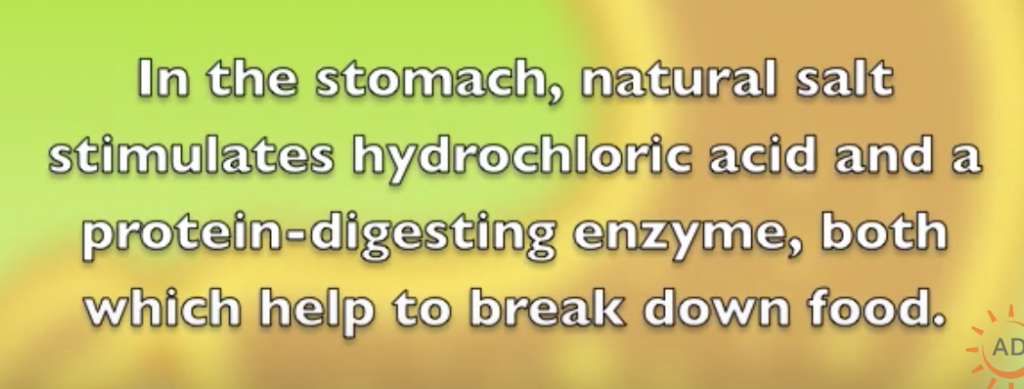
If there was a simple, low cost, effective way to improve your overall general health wouldn’t you do it? There just so happens to be such a thing and all that it involves is warm water enhanced with sea salt. When you drink a glass of salt water your body starts to immediately benefit from it and in just 7 days your health is vastly improved. The solution quickly starts to remove toxins throughout the body and that in turn makes cells grow back stronger.
To harness the healing properties of salt water simply add 2 teaspoons of sea salt (**not table salt) to 1 quart of lukewarm water and stir or shake until you no longer see any salt granules in the glass or jar. Drink all of the solution on an empty stomach, first thing in the morning, for seven days straight.
After one week you should stop for the next week, and then you can repeat it every other week thereafter. It may taste a bit too salty for your palette, but your body will thank you in the end! There are many additional benefits beyond the detox aspect of the drink.
The most obvious being hydration, and when all natural sea salt is added to filtered water you’re feeding your body even more nutrients and minerals. Salt water also works to stimulate digestive enzymes in your saliva and stomach that help to break up food and thus speeds up the entire process.
Salt contains many healthy minerals which create an alkalizing effect that neutralizes acidity in the bloodstream. This benefits and improves bone health, especially in individuals with osteoporosis issues.
Another reason to drink salt water is that unrefined salt is known to reduce both adrenaline and cortisol levels. These stress hormones are a factor in relation to insomnia and besides keeping people up at night they also make you feel jittery.
By reducing their levels salt helps to calm and soothe the nervous system and that helps you get a better night’s sleep. Finally, salt water contains a variety of minerals that all greatly benefit your skin. For example, iodine increases the metabolic rate and oxygen consumption of the skin.
Chromium does wonders to alleviate dry scalp and reduces the prevalence of skin infections. Sulfur makes skin appear more radiant and glowing by keeping it smooth and clean. And lastly, zinc regulates oil glands and helps wounds heal quickly.
NOTE: If you have hypertension or any preexisting medical conditions consult your doctor before beginning the cleanse.
Please Share This With Family and Friends




